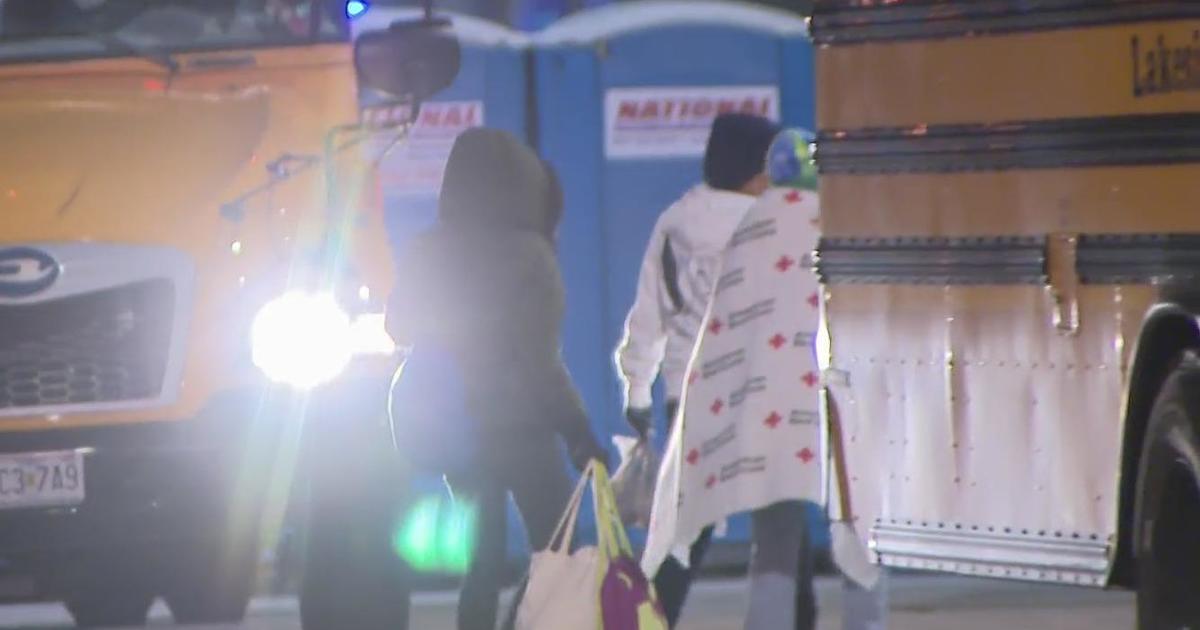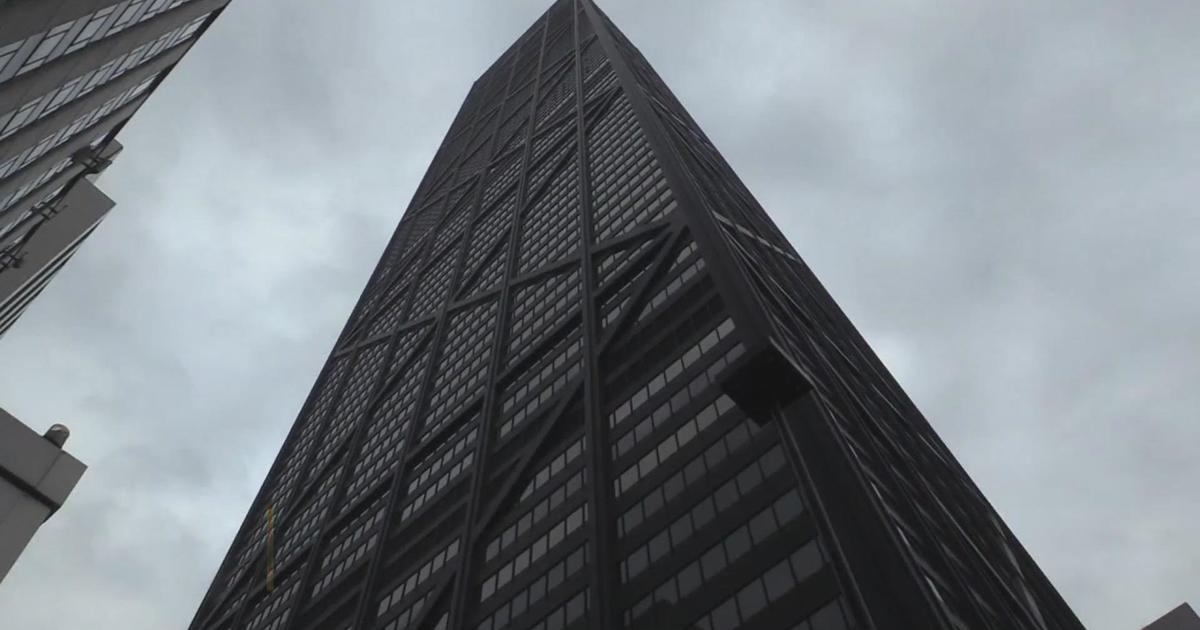New Findings About Firearm Access, Use Among Children in Cook County
By Irika Sargent and Carol Thompson
CHICAGO (CBS) -- Dr. Linda Teplin has been studying at-risk youth in Cook County since the late-1990s. That is when she began recruiting children passing through the county's Temporary Juvenile Detention Center for a groundbreaking look into their childhoods, discovering how they got into trouble for the first time and what their futures would hold.
She wound up with a pool of more than 1,800 girls and boys ages 10 through 17. She followed them for nearly 20 years as part of Northwestern's Juvenile Project, a study funded by many federal government agencies, including the Department of Justice and the National Institutes of Health.
During those two decades, she has published results showing many delinquent kids suffer from untreated psychiatric disorders often related to drug abuse. She also discovered that many of those young people, even if innocent as a juvenile, become adults leading violent lives, ending up behind bars again or worse – dead.
Illinois has one of the highest numbers of guns recovered from kids 17 and under, according to new data from the Bureau of Alcohol, Tobacco, Firearms and explosives, nearly 600 in 2018. We spoke with Dr. Teplin for our look into children and their access to guns in some of Chicago's most challenging communities. The children told us how easy it would be for them to get their hands on a gun, if they wanted one. One said an adult, sometimes a gang member, would hand kids guns. Another told us, it is easy to find guns that are simply stashed somewhere, like in an alley.
Dr. Teplin's research backs up what today's kids are saying. Her new findings show three-quarters of the children she studied reported having easy access to firearms. Only 15% were around guns in the home. "So, the critical issue is where do they have access to these firearms? Obviously in the community," she said.
Dr. Teplin also found that three-quarters of children in her study reported having used a gun. The median age of first use was 14 years old. The majority were between the ages of 11 and 16. She defines using a gun as showing it in a threatening manner or actually firing it.
Then, as now, she says it is very concerning. "I think in these neighborhoods, firearms are part of the culture. They become fascinating to these children. As they age, especially if they feel unsafe, they may arm themselves to ward off attacks," said Dr. Teplin.
Many do feel unsafe. Among the kids she followed, one out of 10 reported getting shot and eight out of 10 said they were threatened with a gun before their 18th birthday. Many also knew family and friends killed by gun violence. "These kinds of traumatic events have lifelong consequences for people. They are also cumulative, so that the more you experience, the worse off you are," said Dr. Teplin.
What is the solution? Starting early for sure.
"We studied kids as young as age 10. I think that implementing violence prevention interventions would be appropriate for very young children, maybe starting at age 10 or perhaps even younger," said Dr. Teplin.
RELATED: Father Pushes For Stricter Sentences For Juveniles Who Commit Gun Violence
One intervention effort target could be anger management so children do not respond to difficult situations with aggression, violence and guns. She sees a need for more studies on which types of intervention programs work best.
One young boy we spoke with told us his father was in a gang and the first time he saw a gun it was under his father's pillow. Dr. Teplin is interested in those intergenerational relationships.
"You have parents who have been involved with firearms when they were kids. They may have been victimized. They may have perpetrated firearm violence. How does that affect the behavior or their children? We're now investigating that," said Dr. Teplin.
Stay tuned.



